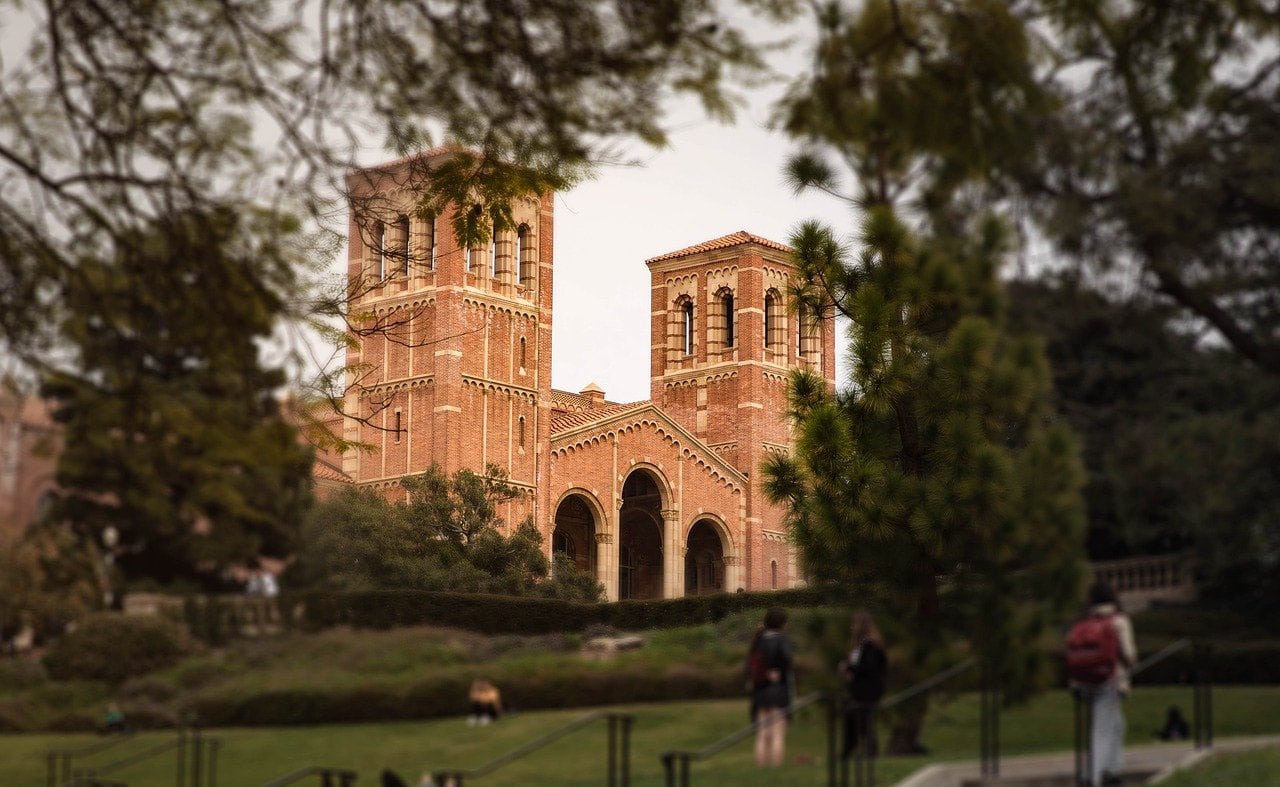Six years after the historic Rabin-Arafat handshake on the White House lawn, the Palestinians can point to a mixed bag of results from the Oslo peace process.
Of perhaps most importance to them, the Palestinian people are closer than ever to achieving their goal of statehood.
During the past six years, the Palestinian Authority has received worldwide backing for the creation of a state. Arguably the most important support has come from President Clinton, who, while not explicitly saying he backs statehood, spoke during a visit to the Gaza Strip last December of the Palestinians having “a chance to determine their own destiny on their own land.”
And while some Israeli officials still have trouble uttering the words, it is commonly believed that the final-status negotiations will be concluded with an agreement on an independent Palestinian state.
The negotiations, which began Monday, the sixth anniversary of the Rabin-Arafat handshake, will deal with what the newly born state will look like, not about whether it should be created. Most observers agree that Israel, first and foremost, will be looking for a demilitarized state.
The Palestinian Authority, meanwhile, has, during the past six years, created the ruling apparatus for an eventual state. The self-rule government has a Cabinet, legislative council and government ministries that provide basic services such as health and education. In addition, there is a considerable police force — far larger, according to Israeli critics, than what was agreed to in the Oslo accords — as well as a wide network of often competing security forces.
While Israeli officials have charged that the Palestinians are in possession of illegal weapon supplies, the Palestinian Authority has no army.
Not least of all, the Palestinians have in Yasser Arafat a leader who, despite being the target of frequent criticism, “still enjoys uncontested popularity,” according to Brig. Gen. Amos Malka, the chief of Israel Defense Force intelligence.
Despite the gains achieved since the historic Sept. 13, 1993, handshake, the Palestinians still have numerous obstacles to overcome.
As human rights groups have frequently charged, the Palestinians have no real democracy. Despite the existence of a legislature, most important decisions are made by Arafat and his closest aides — who are the frequent targets of corruption charges. Members of the legislative council have repeatedly called for a larger hand in government, to no avail.
While there are dozens of newspapers, they are subject to close governmental scrutiny. Several editors have found themselves, over the years, under pressure from the self-rule authority or the secret services, which often take over the role supposed to be handled by the Palestinian legal system.
The self-rule government also has a powerful internal threat in the form of the Hamas fundamentalists, who reject the Oslo process altogether. While the Hamas opposition is more or less under control of the Palestinian Authority, it hangs like a constant threat over the future of the government, particularly in a post-Arafat era.
On the economic level, the Palestinians are confronting many of the same woes they did six years ago. Unemployment is still widespread, hovering around 30 percent in most of the self-rule areas. Despite a massive infusion of international aid, there has been no meaningful economic revival. And given the lack of a meaningful economic infrastructure, the prospects for a turnaround anytime soon are fairly bleak.
As far as maps are concerned, the self-rule areas in the West Bank are still a patchwork. With total Israeli control over the main traffic arteries, a Palestinian cannot go from Nablus in the north to Hebron in the south without entering Israeli-controlled areas. As a result, movement is still restricted, subject to Israeli permits.
For Palestinians traveling between the West Bank and Gaza, there was a major stride forward achieved in the so-called Wye II accord signed earlier this month in Egypt. As a result of that agreement, a southern safe-passage route between Gaza and a checkpoint near Hebron is slated to open Oct. 1. A second, northern route between Gaza and Ramallah is scheduled to open in February.
In another benefit from the Wye II accord, construction will begin Oct. 1 on a modest Gaza seaport.
Last year, in an important symbolic achievement for the Palestinian Authority, Gaza International Airport opened at the southern tip of Gaza, near the border with Egypt. Palestinian Airlines currently consists of two planes donated by the Netherlands and a third donated by Prince Walid Ibn-Talal of Saudi Arabia. Israel still controls the air space and security checks at the airport.
The Palestinian Authority proudly points to the airport, as well as to the harbor and safe-passage routes, as important milestones on the way to an independent Palestinian state.
Palestinian aspirations will also be served by a series of territorial hand-overs Israel is called upon to make under the terms of Wye II. Last Friday, Israel transferred an additional 7 percent of the West Bank to Palestinian civil control, as it implemented the first phase of the agreement. As a result of further Israeli land transfers, the Palestinian Authority will control about 40 percent of the West Bank by Jan. 20.
This will be markedly different from the state of play six years ago, when Arafat was still living in exile in Tunisia and Israel controlled all of the West Bank and Gaza Strip.



















 More news and opinions than at a Shabbat dinner, right in your inbox.
More news and opinions than at a Shabbat dinner, right in your inbox.